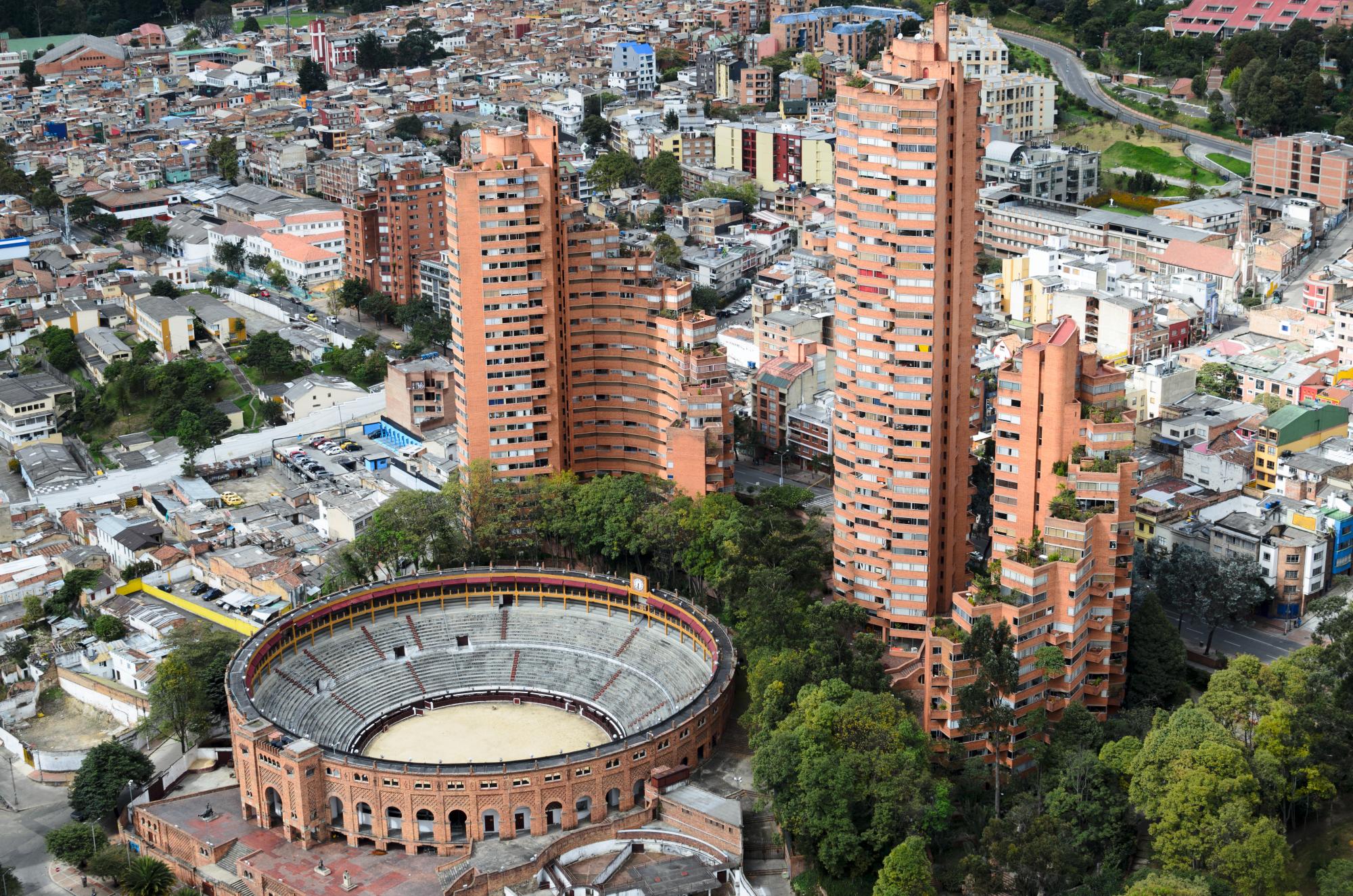


Enjoy a half day visit to the historic centre of Bogota known as La Candelaria. This archaic suburb has great significance in the country´s history due to its cultural heritage and is also a great example of Spanish colonial time architecture. Visit the main square Plaza de Bolivar, where a statue of the great emancipator Simon Bolivar is located. The plaza, originally called the Plaza Mayor, was used for civil and military purposes such as a marketplace, a bullring and it was also the place where many executions were held. The Cathedral, on the eastern side of the plaza, is constructed on the same spot where the first church was built in Bogotá in 1539 and houses an important collection of religious artifacts such as textiles and artworks, collection that has been built over four centuries. The Capilla del Sagrario is located just beside the Cathedral and is a gem of religious architecture, it houses valuable pieces of colonial religious art by Gregorio Vasquez de Arce y Ceballos.
The Capitol, built between 1847 and 1926, shows its renaissance and neoclassical influences with its carved stonework and tall columns and, it was the first example of republican civil architecture. The central area of the Capitol, known as the Elliptic Hall, is where congress meets and is the actual chamber for politicians and the Senate. In the internal squares are busts of former presidents such as General Tomás Cipriano Mosquera, president over four terms, and Rafael Núñez, the composer of the Colombian National Anthem. Around the Plaza de Bolivar are buildings such as the Palacio de Justicia, the Mayor of Bogotá’s offices called the Edificio Liévano, the oldest school in the county called San Bartolome and the Casa de los Comuneros, named after the leaders that participated towards the end of the XVII Century in some of the first movements towards independence from Spain and the formation of the Republic.
The visit continues with the Botero Museum, a colonial house exhibiting some of Fernando Botero´s works of art and in addition pieces from his own personal collection that includes works by Picasso, Renoir, Dalí Matisse, Monet and Giacometti. Next is the Gold Museum which has a permanent exhibition of some 32,000 pieces of gold, 20,000 stones, ceramics and textiles all precious to the Quimbaya, Calima, Tayrona, Sinu, Muisca, Tolima, Tumaco and Magdalena cultures. The Gold Museum is considered one of the most important museums of its type internationally and it has been operating since 1939. In 2007 it underwent a complete renovation making it possible for visitors to enjoy an interactive experience. The Museum belongs to the International Network of Museums (ICOM).
DURATION: Approximately four hours.
NOTE: Gold Museum is closed every Monday, and Botero Museum is closed every Tuesday.

©2022 Colombian Journeys All rights reserved